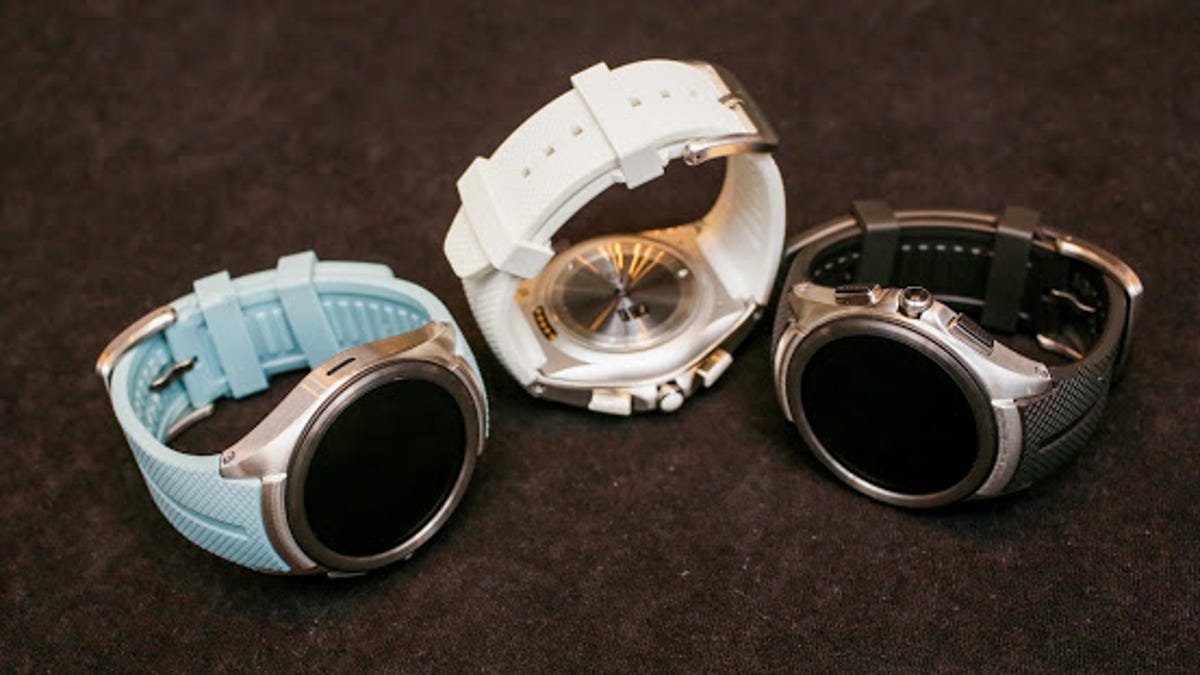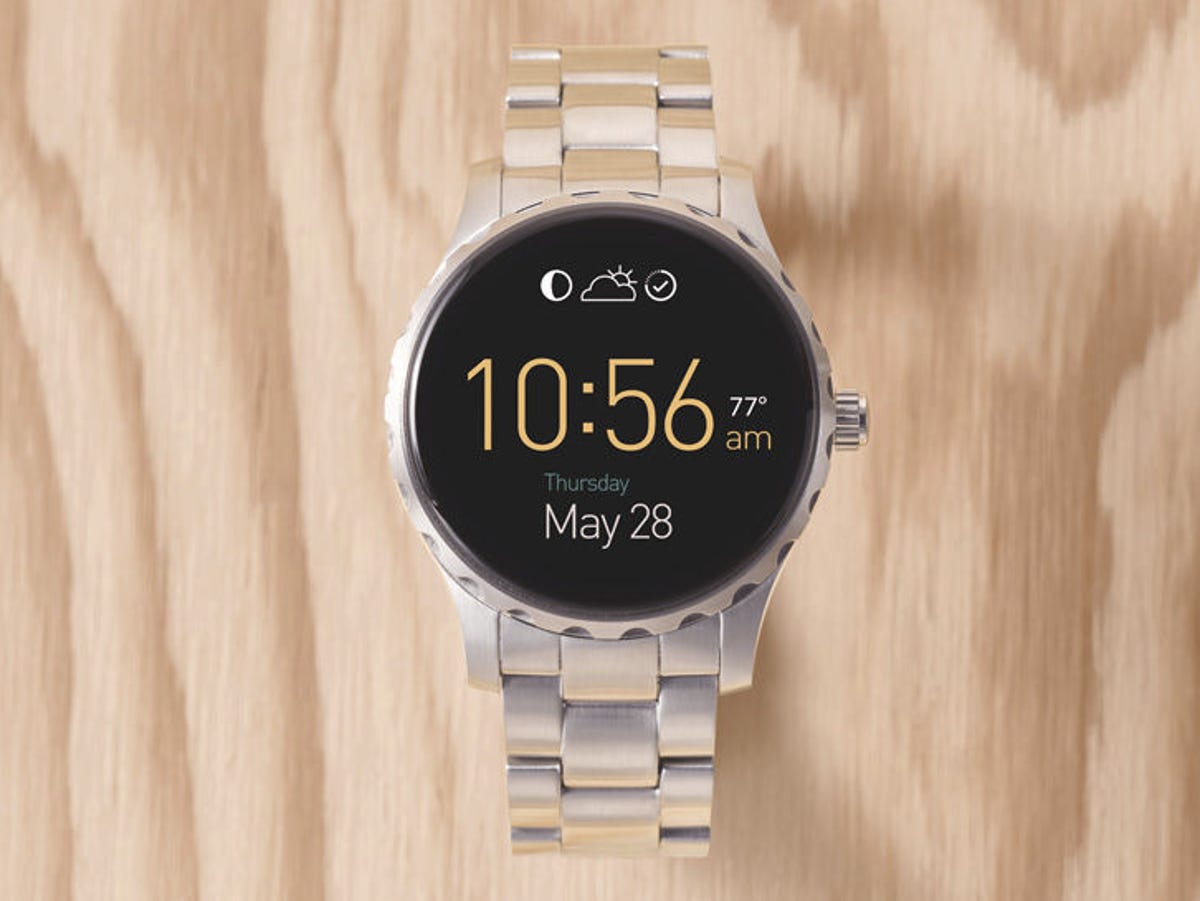Time stands still for some in the smartwatch market.
With Apple set to release “Series 2” of its Watch and Samsung prepping its Gear S3 timepiece, many of the biggest players that have embraced Google’s Android Wear software have decided to hit pause on their own efforts.
LG, Huawei and Lenovo’s Motorola unit will not release a smartwatch in the waning months of the year, the companies confirmed to CNET. While LG launched a watch in the first half, it’ll have been more than a year since Huawei and Motorola offered an update on their wearables.
That marks a reversal from last year, when all three companies launched Android Wear smartwatches at the early September IFA trade show in Berlin in what was supposed to be a resurgence of the platform. At this year’s show, Chinese maker Asus was the only major tech company to return with a new Android Wear watch.
The poor showing underscores the general lack of enthusiasm for smartwatches, which the industry has touted as the next hot trend in tech. Consumers, however, continue to question the usefulness of these gadgets. Even Apple, which leads the market for smartwatches, saw its shipments fall 55 percent from a year ago in the second quarter, according to IDC.
“Smartwatches still have yet to make a significant impression on consumers as a must-have device,” said Ramon Llamas, an analyst at IDC.
That isn’t stopping Apple, which will release its Apple Watch Series 2 on Friday. After its unveiling at IFA, Samsung will release the Gear S3, which runs on its own Tizen software, later this year.
Fitness, not fashion
Interest in smartwatches appears to be shifting away from geeky features like notifications. Just watch Apple’s presentation from last week. When the company introduced the Apple Watch Series 2, it focused almost entirely on the fitness aspects of the wearable, eschewing the fashion traits of the original. Series 2 has a water-resistant body for swimming and built-in GPS for runners. Aside from Pokemon Go, there was little talk about its notification or smartwatch capabilities.


Now playing:
Watch this:
Apple Watch now has a ceramic model
0:51
Even Samsung executives conceded that the only ones picking up a smartwatch are male early adopters. Mainstream consumers are more interested in fitness trackers, which offer an immediate and obvious practical benefit.
Indeed, fitness trackers and analog watches with built-in smart functions will drive the wearables market, according to research firm CCS Insight. More tech-heavy devices may be doomed to languish on store shelves.
Just around the corner
Despite releasing a number of different smartwatches into the market, some are still trying to figure out what resonates with consumers.
That’s largely why LG, which launched the LG Watch Urbane 2nd Edition LTE in March, hasn’t released another watch this year. “We want to see what sticks,” said LG spokesman Ken Hong.

 Enlarge Image
Enlarge ImageThe LG Watch Urbane 2nd Edition LTE is the first Android Wear smartwatch that can talk to a phone via cellular connection.
CNET
Two common early complaints about smartwatches are the bulk and the short battery life. Rather than slim things down, Samsung upped the size of its Gear S3, which will likely turn off consumers who don’t have the right wrists.
The extra space in the Gear S3 does allow the watch to pack in an LTE radio, which means it can operate independent of a phone. Motorola, which boasts the most popular Android Wear watch in the Moto 360, wasn’t ready to enlarge its watch to accommodate the radio.
“One of the things we see in the future is connected [cellular] watches, and our opinion is that while it’s technically feasible, the trade-offs on the product itself means we’re not quite ready yet,” said a spokeswoman for Motorola, a unit of Lenovo.
Huawei, meanwhile, was waiting for the components to shrink and for the processor to gain efficiency before moving forward with a successor to its Huawei Watch, according to an executive who wished not to be named.
Google declined to comment for the story.
An Apple and Samsung world (again)?
It’s easy to look at Apple and Samsung pushing out new watches and assume they’ll dominate in smartwatches as they have with phones. They are, after all, No. 1 and No. 2 in the smartwatch market, according to IDC.
But the very hesitancy that consumers feel about smartwatches means there’s still plenty of opportunity for different players.
Mobile chip maker Qualcomm has created a template for a cellular-connected smartwatch, which has inspired new entrants like Fossil into developing wearable tech. More watches need to have the ability to operate on their own, allowing you to go for a run without taking your phone.


Fossil utilized Qualcomm’s template to build a smartwatch with Android Wear.
Fossil
“That needs to happen for the market to take off in a sustainable way,” said Anthony Murray, head of Qualcomm’s internet of things division.
There’s also Android Wear 2, a significant update to the wearable software unveiled at Google’s I/O developer conference in May. LG said it was working with Google on using the software.
Fortunately for LG and the others, there doesn’t appear to be anything significant from Apple and Samsung that will shake up the market.
“When I look at the new Gear S3 and what I hear about the new Apple Watch, I’m not hearing wholesale changes or feature introductions that will spark consumers’ interest,” Llamas said.
For now, Android Wear partners can bide their time.



